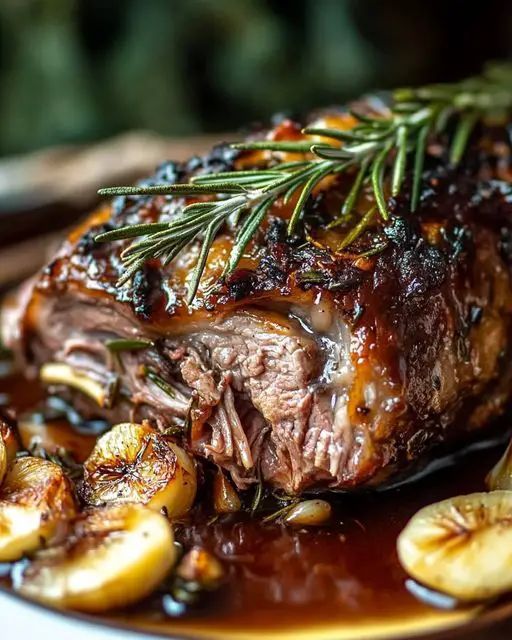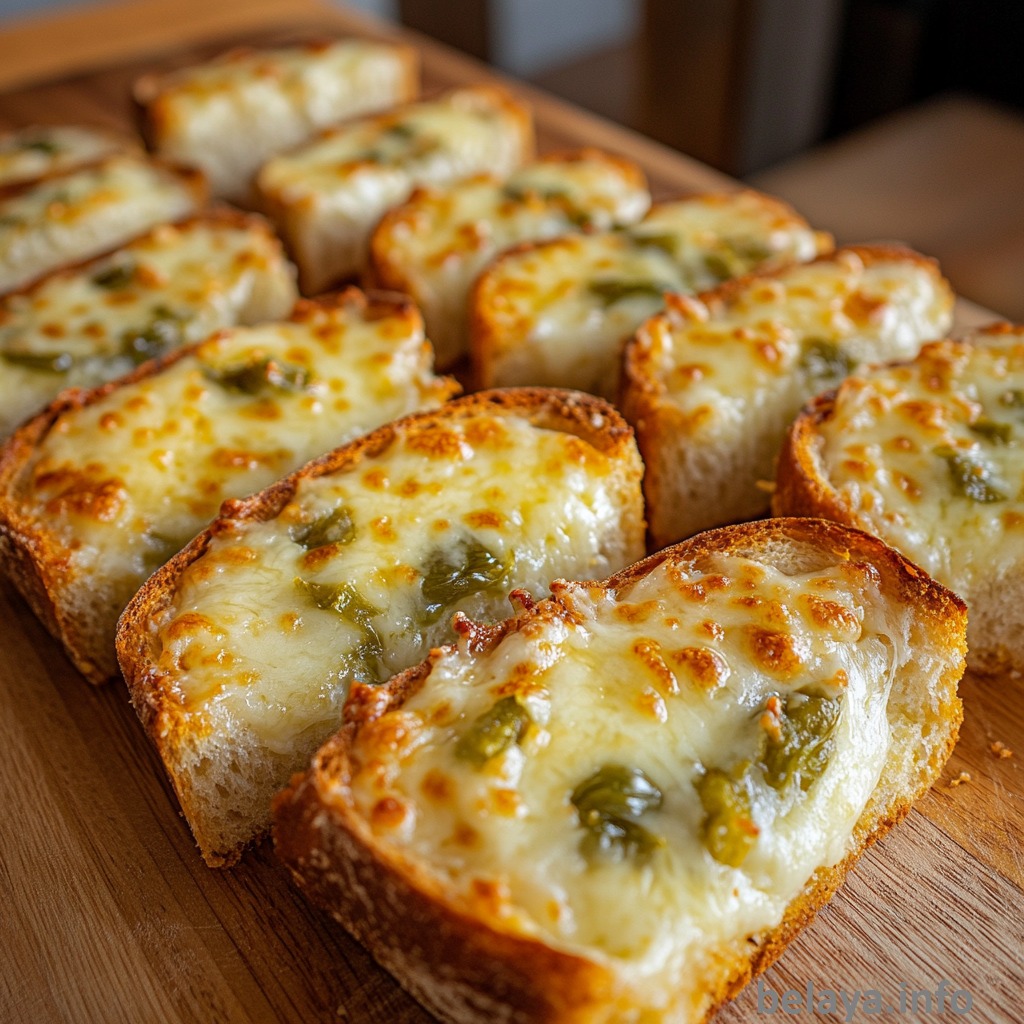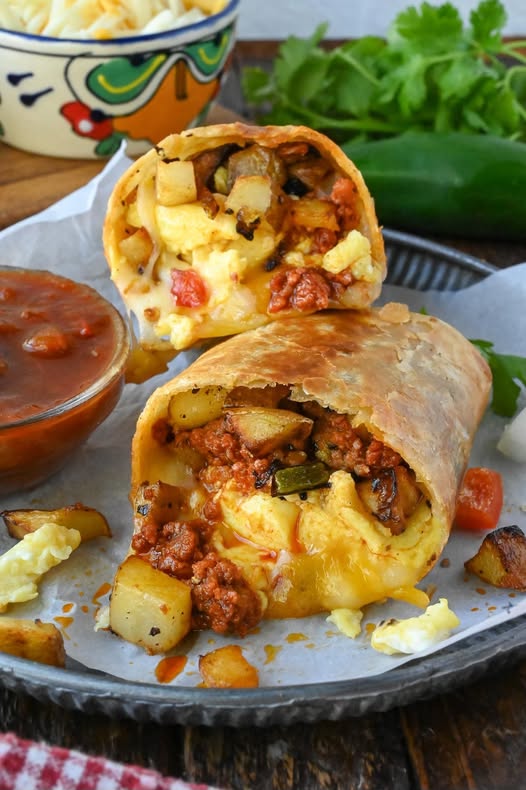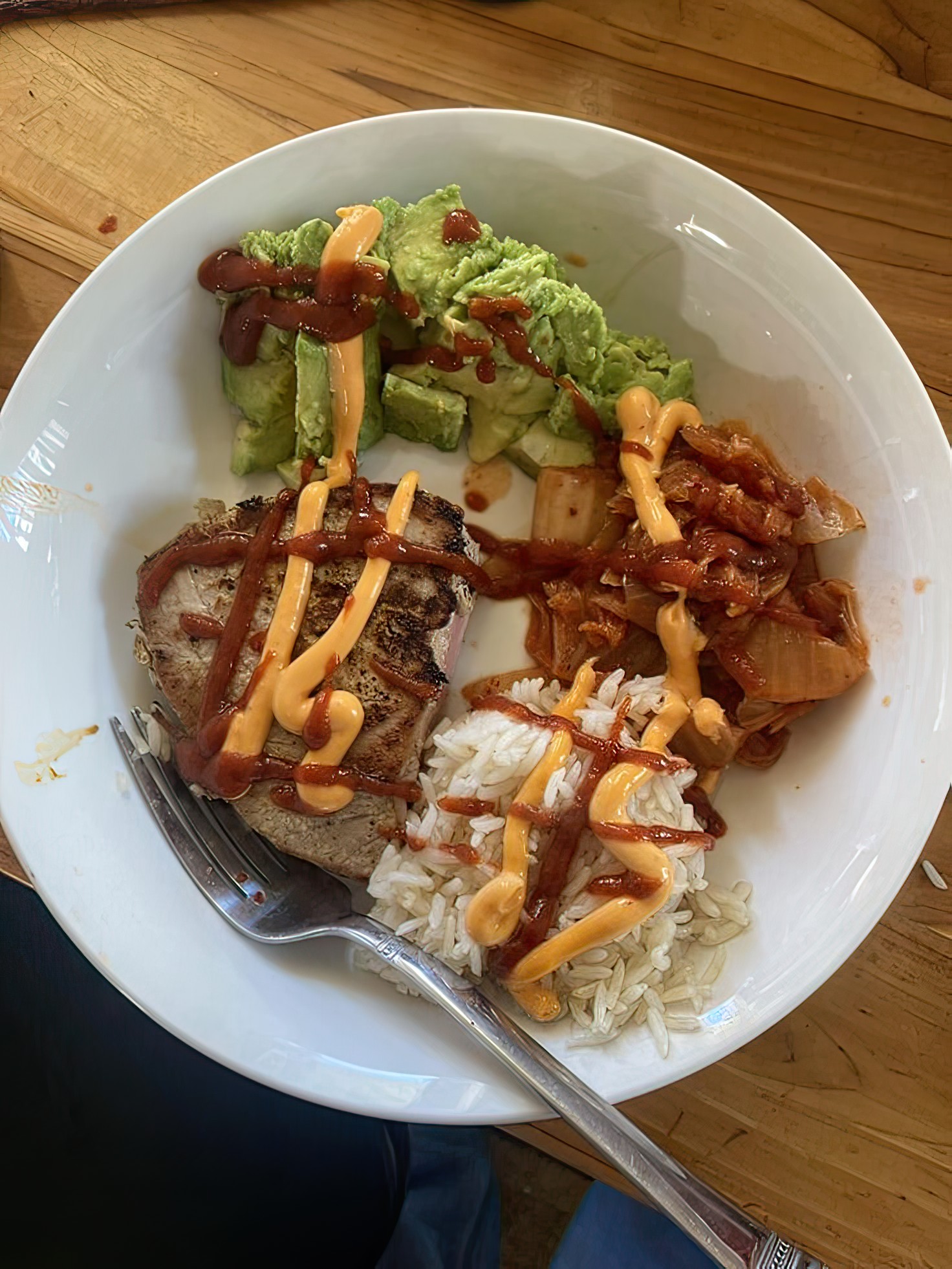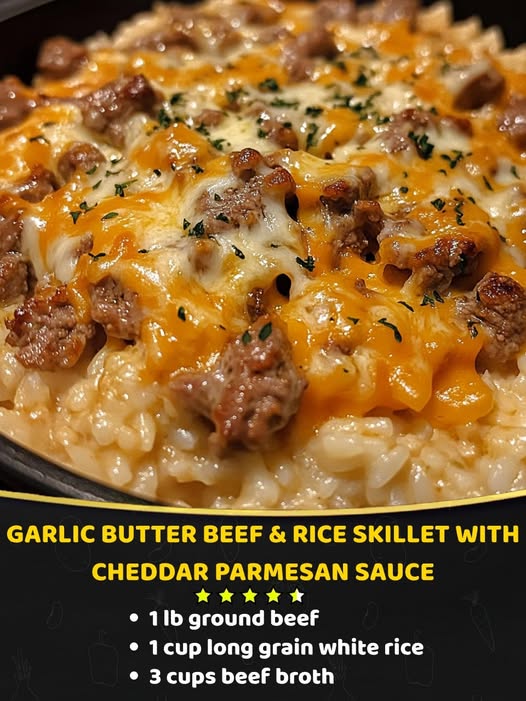Tender slow-roasted lamb shoulder glazed with rosemary is a dish that epitomizes comfort and elegance, transforming a simple cut of meat into a culinary masterpiece. It’s a journey of flavors where the lamb luxuriates in a fragrant rosemary glaze, slowly roasting to perfection until its meat becomes melt-in-the-mouth tender, almost as if it’s giving you a warm, delicious embrace. This recipe is a testament to the art of slow cooking, where time and patience are the secret ingredients that elevate the meal from ordinary to extraordinary.
Tracing the Origins
Lamb has long held a cherished place in the culinary landscapes of many cultures, often associated with celebration and family gatherings. In Mediterranean countries, particularly Greece and Italy, lamb is a symbolic dish, featuring prominently during festive occasions such as Easter. The slow roasting technique, meanwhile, can be traced back to ancient times when cooking was a communal activity, and the slow, open flame was the heart of the kitchen. This method allowed for the flavors to meld and develop, creating a dish that was both hearty and flavorful.
In these regions, lamb is often paired with herbs and spices that enhance its natural flavors, with rosemary being a perennial favorite. The woodsy, aromatic quality of rosemary complements the rich, gamey notes of the lamb, creating a harmonious blend that is both robust and subtle. This particular recipe draws on those traditional roots, paying homage to the time-honored practices while infusing a modern twist with a sweet and savory glaze.
The Magic of Rosemary
Rosemary, with its pine-like aroma and hint of citrus, is more than just a herb; it’s a fragrant whisper of the Mediterranean sun. In this recipe, rosemary doesn’t just play a supporting role; it’s the star of the show. The secret lies in the infusion process—where fresh sprigs are steeped gently to release their essential oils, creating a glaze that imbues the lamb with its captivating essence.
This glaze, a blend of rosemary, honey, garlic, and a touch of balsamic vinegar, marries the sweetness with earthy undertones, adding layers of complexity to the dish. The honey caramelizes during the roasting process, forming a beautiful crust that locks in the juices, while the garlic and vinegar provide a counterbalance, ensuring the flavors are never one-dimensional.
Slow Roasting: A Ritual of Flavor
The process of slow roasting is as much about patience as it is about technique. It’s a testament to the age-old adage that good things come to those who wait. By cooking the lamb shoulder at a low temperature over several hours, the connective tissues break down, rendering the meat incredibly tender and flavorful. Imagine the lamb transforming, each hour in the oven a step closer to its ultimate destiny—succulent perfection.
This slow and steady approach not only ensures tenderness but also allows the flavors to deeply penetrate the meat. It’s a culinary symphony where each element has its moment to shine, yet contributes to a greater whole. The rosemary glaze, applied during the final stages of roasting, acts as the crescendo, bringing the dish to new heights.
The Art of Serving
Once the lamb emerges from the oven, it’s important to let it rest before carving. This resting period is crucial as it allows the juices to redistribute, ensuring that each slice is as succulent as the next. When it’s finally time to serve, the lamb can be accompanied by a medley of roasted vegetables or a simple salad with a zesty lemon dressing, allowing the richness of the meat to take center stage.
A Dish for All Occasions
Whether it’s a festive gathering or a cozy dinner for two, tender slow-roasted lamb shoulder glazed with rosemary is a dish that transcends occasions. It’s about more than just nourishment; it’s a celebration of flavors, traditions, and the simple joys of sharing a meal with loved ones. As you savor each bite, you’re not just tasting a dish; you’re experiencing a story—a story of heritage, patience, and love.
So gather your ingredients, preheat your oven, and embark on this culinary journey. Let the aroma of rosemary fill your kitchen, and allow yourself to be transported to sun-drenched lands where food is a celebration of life itself. This is more than just cooking; it’s an invitation to create memories and indulge in the art of slow living.
Tender Slow-Roasted Lamb Shoulder Glazed with Rosemary
Description
Indulge in the irresistible flavors of this slow-roasted lamb shoulder, where tender, juicy meat meets a fragrant rosemary glaze for a truly memorable meal.
Ingredients
For the Lamb Shoulder
For the Rosemary Glaze
Instructions
Preparation and Marinade
-
Prepare the Marinade
Mix olive oil, minced garlic, chopped fresh rosemary, lemon zest, salt, and pepper in a small bowl. Stir until well combined.This aromatic mixture is the secret to infusing the lamb with deep flavors. -
Marinate the Lamb
Rub the marinade generously all over the lamb shoulder, ensuring every crevice is covered. Wrap it tightly in plastic wrap and refrigerate for at least 4 hours or overnight.Allowing the lamb to marinate overnight will intensify its flavor, making it irresistible.
Slow Roasting the Lamb
-
Preheat the Oven
Set your oven to 275°F (135°C) and allow it to preheat while you prepare the lamb.A low and slow cooking process ensures the lamb becomes tender and succulent. -
Prepare the Roasting Pan
Place a rack in a roasting pan and add sliced onions, carrots, and celery at the bottom to create a flavorful bed for the lamb.The vegetables will add a subtle sweetness and aroma to the meat as it roasts. -
Roast the Lamb
Place the marinated lamb shoulder on the rack, fat side up. Cover tightly with foil and roast for 3-4 hours until the meat is fork-tender.Resist the urge to open the oven frequently. The foil traps steam, helping the lamb cook evenly.
Finishing Touches
-
Create the Glaze
In a saucepan, combine honey, balsamic vinegar, and a sprig of rosemary. Simmer over low heat until slightly thickened.This glaze adds a glossy finish and a sweet, tangy burst of flavor. -
Glaze the Lamb
Remove the foil and brush the glaze generously over the lamb. Increase the oven temperature to 400°F (200°C) and roast for an additional 15-20 minutes until the glaze is caramelized.Keep a close eye on the lamb as it can brown quickly at this stage.
Resting and Serving
-
Rest the Lamb
Once roasted, let the lamb rest for at least 20 minutes before carving. This allows the juices to redistribute throughout the meat.Patience is key here; resting ensures a juicy, flavorful bite. -
Carve and Serve
Slice the lamb shoulder against the grain into thick, juicy slices. Serve with roasted vegetables and pan juices.Pair with a robust red wine for a truly indulgent meal.
Note
- For optimum flavor, marinate the lamb shoulder overnight with a mixture of olive oil, garlic, lemon zest, and fresh rosemary. This allows the flavors to deeply penetrate the meat.
- Choose a quality piece of lamb shoulder with good marbling; this ensures tenderness and a rich taste.
- Before roasting, bring the lamb to room temperature to ensure even cooking throughout.
- Sear the lamb on all sides in a hot pan to lock in juices and create a savory crust. This step is crucial for flavor depth.
- Roast slowly at a low temperature (around 150°C or 300°F) to break down the connective tissues, resulting in a melt-in-your-mouth texture.
- Baste the lamb regularly with pan juices and a rosemary-infused glaze made of honey, balsamic vinegar, and a dash of mustard. This adds a beautiful caramelization and enhances the herbaceous notes.
- Rest the lamb for at least 15 minutes after roasting. This step is vital to allow the juices to redistribute, making each bite succulent.
- For a variation, consider adding thyme or mint to the marinade for a different aromatic profile.
- Pair with roasted root vegetables or a fresh, zesty salad to complement the richness of the lamb.
- Store leftovers in an airtight container in the refrigerator for up to three days, or freeze for up to three months for future enjoyment.
- To reheat, gently warm in the oven at a low temperature to preserve tenderness and prevent drying out.
